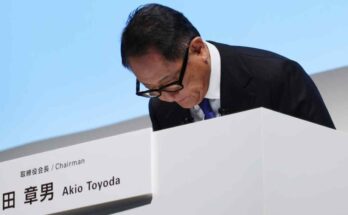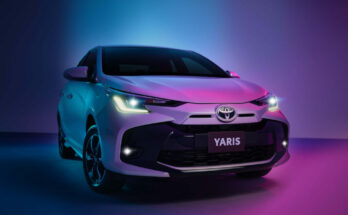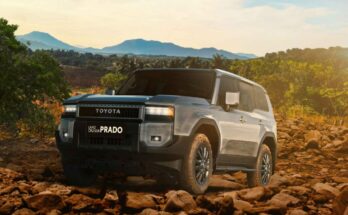Japanese auto giant Toyota will reportedly use BYD’s plug-in hybrid DM-i platform to launch more PHEV models to compete in the NEV (new energy vehicle) market in China. Toyota will also no longer use its THS (Toyota Hybrid System) platform, which powers HEV models, for its new range of cars in the Chinese market.
Bear in mind, that NEVs include BEVs (battery electric vehicles), PHEVs (plug-in hybrid electric vehicles), and EREVs (extended range electric vehicles) but not HEVs (hybrid electric vehicles) which are basically ICE cars that can’t be charged, can’t get a green license plate in China, and doesn’t receive the same subsidies and treatment as NEVs.
Related: How Did China Come to Dominate the World of Electric Cars?
Toyota previously launched E+ plug-in hybrid versions of Corrola, Levin, and RAV4 in China without much success. Although Toyota and BYD are yet to confirm the news, Chinese auto news portal Caijing reports citing sources within Toyota that once the DM-i technology is adopted, the Japanese automaker will carry out new refining and finetuning of the platform, making the driving experience of the final Toyota models different than BYDs based on the same platform.
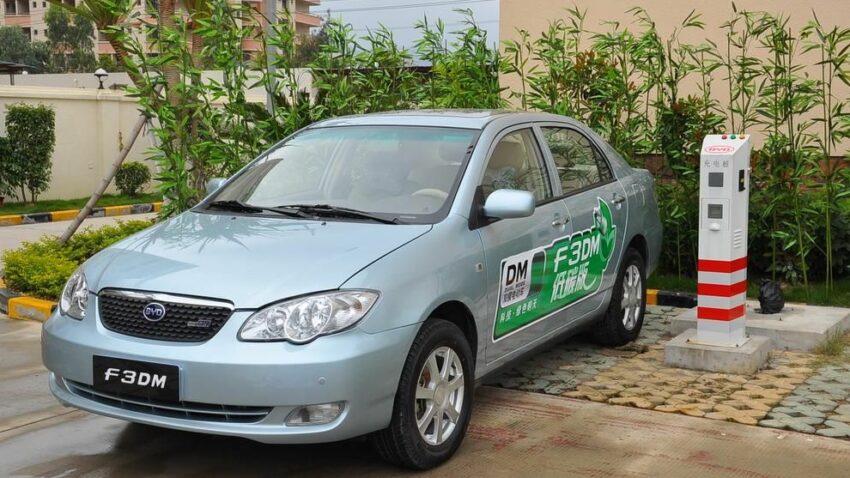
DM is BYD’s PHEV platform, which stands for DualMode, and was launched in 2008 with the F3DM model as the world’s first mass-produced plug-in hybrid car. BYD is soon to launch its 5th generation of DM platform which will supposedly allow the models to deliver up to 2,000 km of CLTC driving range and consume 2.9 liters per 100 km (up to 35 km/ liter). DM has two main versions: DM-i and DM-p. DM-i stands for DualMode intelligent and emphasizes low consumption and efficiency, while DM-p is used for all-wheel drive (AWD) or off-road vehicles.
Related: Toyota to Readjust its EV Strategy to Compete with Tesla and BYD
Recently, BYD also launched a DMO platform dedicated to hard-core off-road vehicles, which is currently used in the Fang Cheng Bao lineup and also features in the upcoming BYD Shark PHEV pickup truck.

In recent years, Toyota has been heavily relying on BYD tech. In 2021, both companies established a joint venture called BYD Toyota Electric Vehicle Technology, with a 50/50 share. In 2023 Toyota launched its second all-electric model, the bZ3 sedan co-engineered with BYD, where BYD supplied its LFP Blade battery packs, e-motor, and other in-car tech.
Related: BYD to Help Toyota Build a Cheap EV Sedan
Why Toyota is keen to use BYD’s DM-i PHEV platform instead of its own THS system, Caijing report says:
“Under the pressure of the Chinese EV price war, the cost is an important factor that Toyota must consider. The core reasons why Toyota prefers to use BYD’s DM-i technology are its low cost and the fact that the technology is relatively mature.”
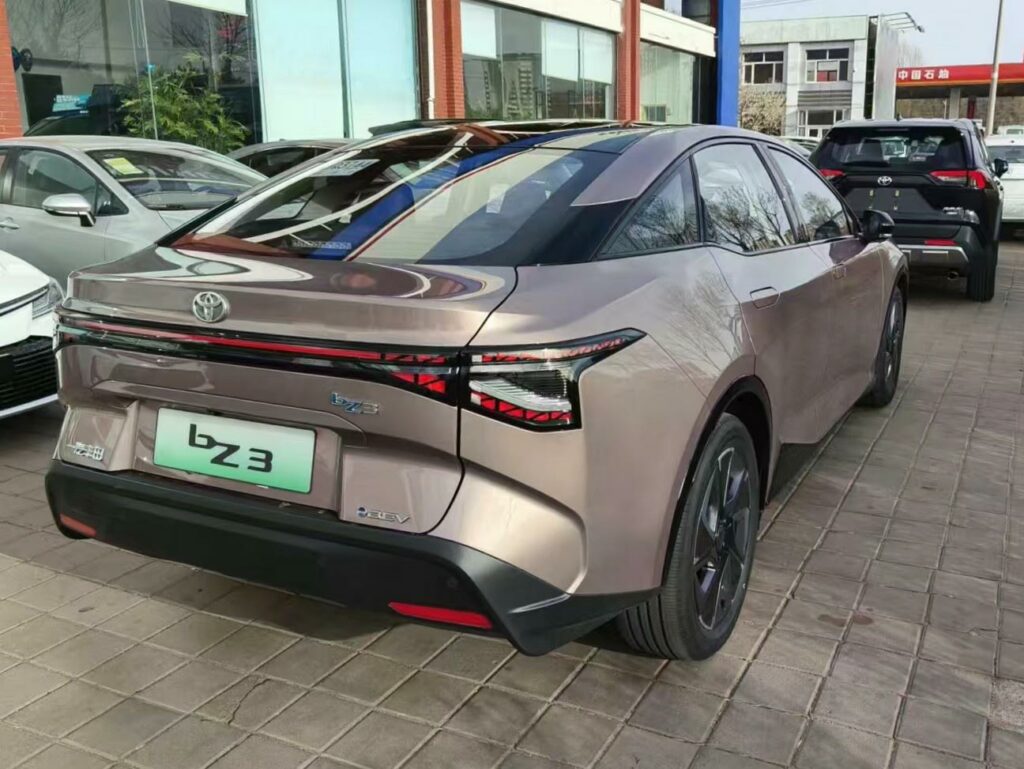
Last month at the Beijing Auto Show, Toyota’s Chief Technology Officer (CTO) Hiroki Nakajima stated that the company will start making more plug-in hybrid vehicles. To counter its rapidly declining sales in China (both bZ4X and bZ3 EVs along with Toyota’s ICE models are suffering from an unstoppable decline), the Japanese automaker intends to use PHEV as a powerful starting point to compete in China’s fiercely competitive NEV market. More information is expected to surface when Toyota holds its electrification technology conference in Japan towards the end of this month. Stay tuned!

A computer animation professional with over 23 years of industry experience having served in leading organizations, TV channels & production facilities in Pakistan. An avid car enthusiast and petrolhead with an affection to deliver quality content to help shape opinions. Formerly written for PakWheels as well as major publications including Dawn. Founder of CarSpiritPK.com

